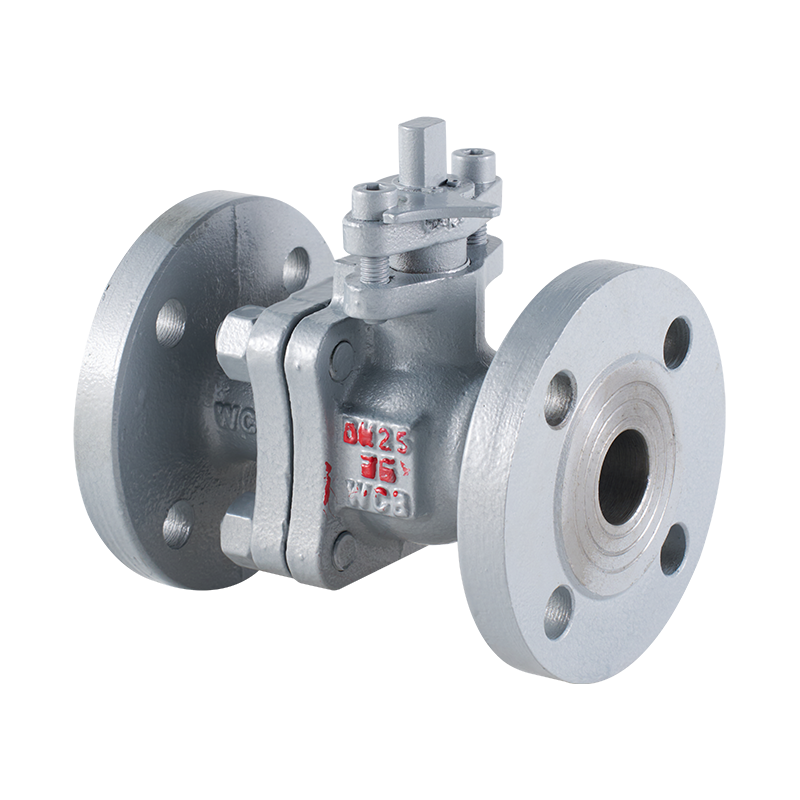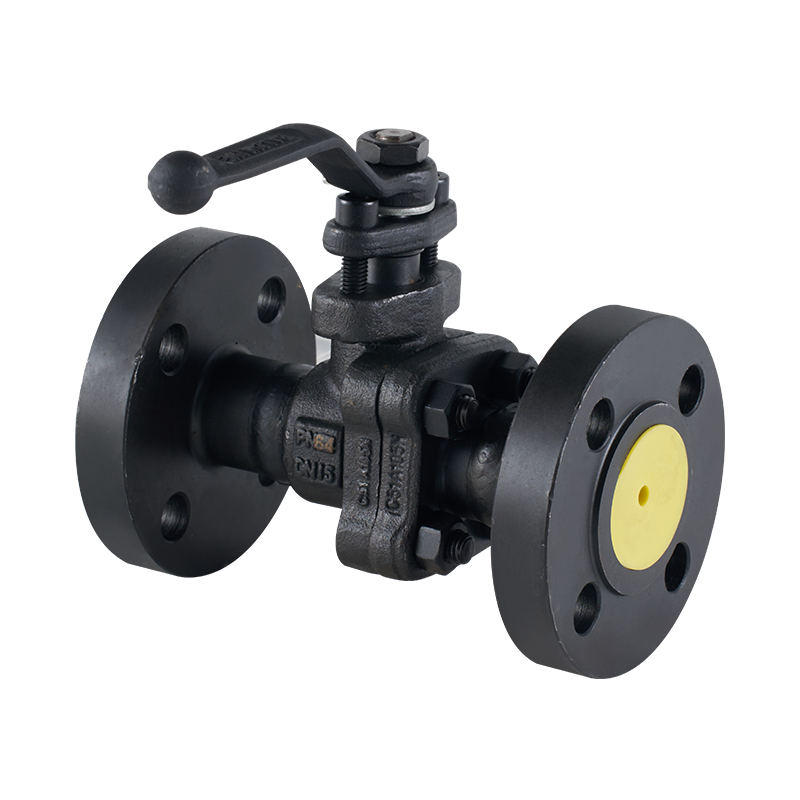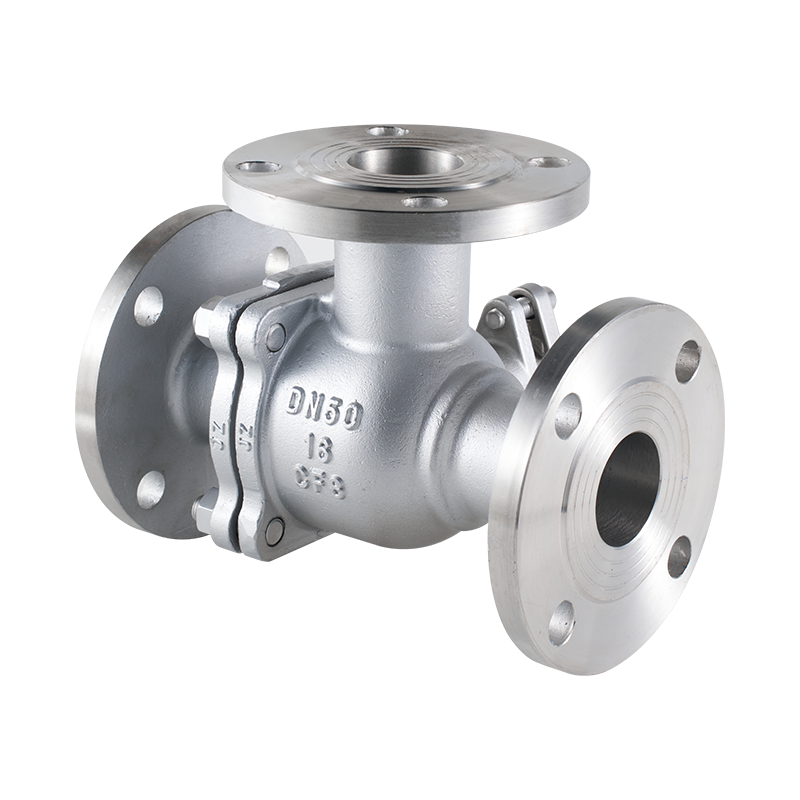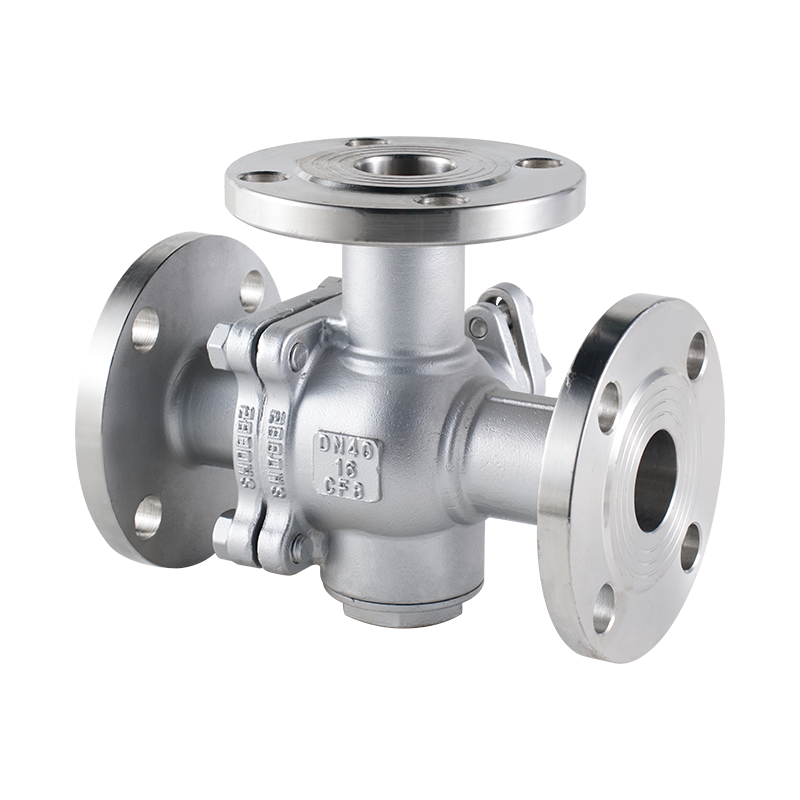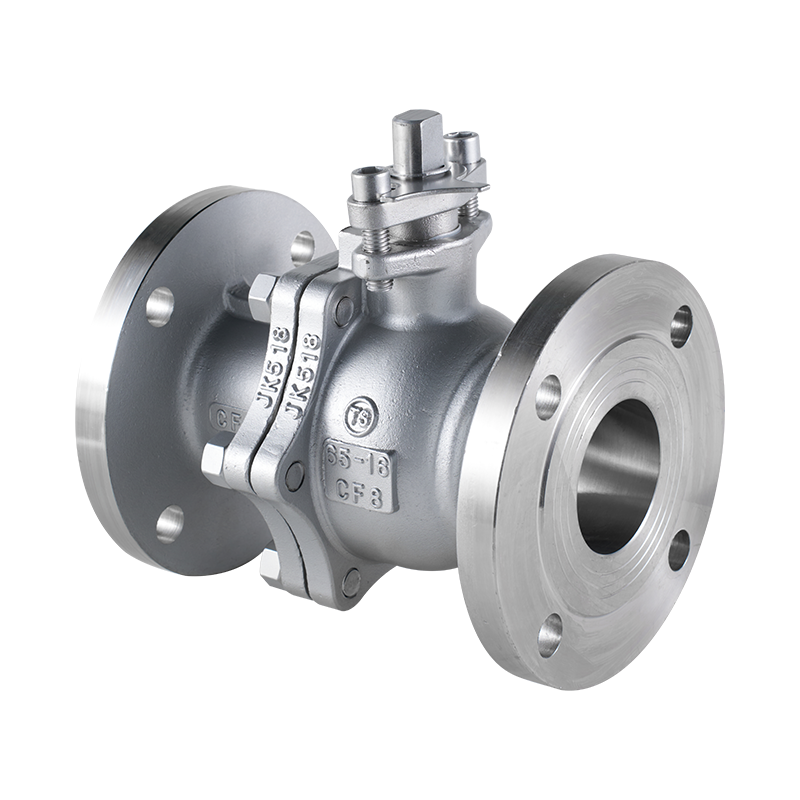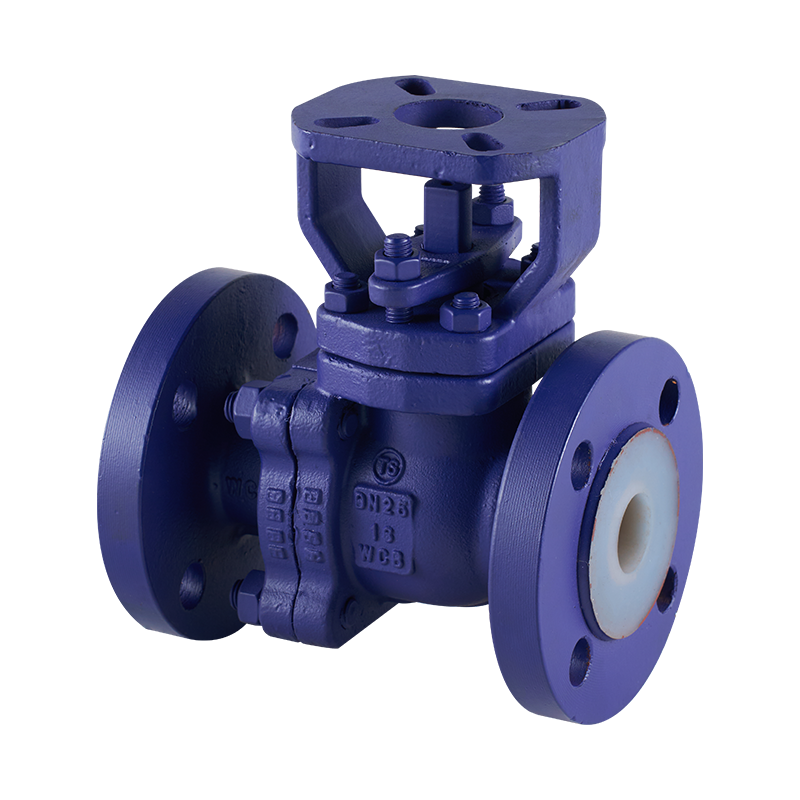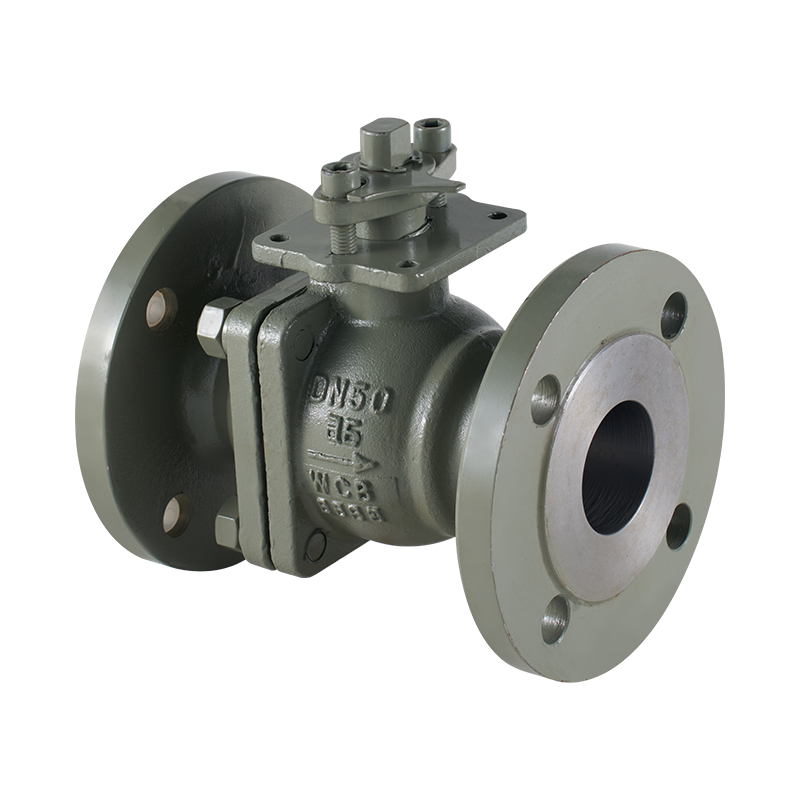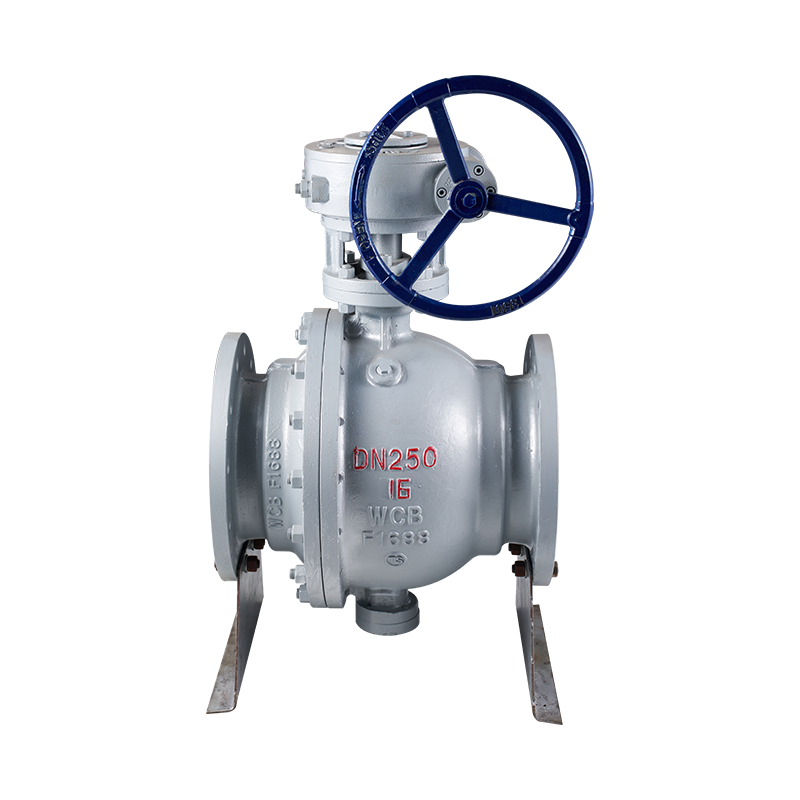In the past trade exhibitions for industrial valves and piping systems, attention has turned to revisions in ANSI flange class specifications and design impacts on both ANSI butterfly valve and ANSI gate valve components. Exhibitors and attendees alike are discussing how updated flange class ratings (e.g., Class 150, 300, 600) influence compatibility, performance, and installation standards for valves across various applications.
1. What Is ANSI Flange Class and Why It Matters
Pressure & Temperature Ratings
ANSI flange class refers to pressure–temperature ratings defined in standards such as ASME B16.5, covering common classes like 150, 300, and 600. These classes indicate the maximum pressure a flange can safely handle at various temperatures. It’s crucial that both valve face patterns and flanged joints match to prevent leaks, distortion, or failure under load.
Valve Compatibility with Flanges
For ANSI Butterfly Valve models and ANSI Gate Valve units alike, ensuring the flange matches the ANSI class and face specifications (e.g., raised face or flat face) is critical. Misalignment can cause poor sealing or improper mechanical fitting, especially when valves are retrofitted into existing pipeline systems.
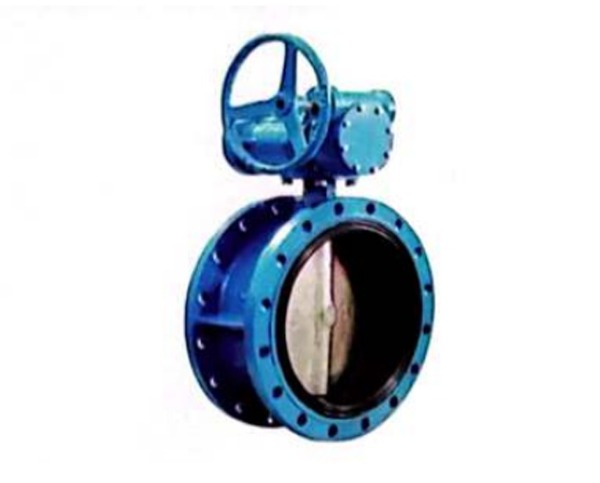
2. Highlights from Recent Trade Shows
Standardization Workshops
Several global valve exhibitions recently featured workshops about changes in flange class labeling and testing procedures. Experts clarified that while nominal class designations remain the same, updated testing protocols and material traceability requirements have raised expectations for manufacturing consistency.
Panel Discussions on Valve–Flange Integration
Industry panels emphasized improved coordination between valve body face-to-face dimensions and flange standards. Manufacturers highlighted how updated ANSI butterfly valve face patterns now align with revised flange tolerances to ensure smoother installation in ANSI Class 150 and 300 systems.
Manufacturer Exhibits
Suppliers showcased gate and butterfly valve models adapted to meet both traditional and updated flange classifications. These products incorporate enhanced casting tolerances and seal design aligned with evolving ANSI requirements for greater reliability and reduced leakage.
3. What These Updates Mean for Valve Engineers
Enhanced Precision in Design
New guidelines emphasize tighter tolerance in bolt-hole alignments, raised face heights, and gasket compatibility. This demands more exact machining and inspection during ANSI gate valve and ANSI butterfly valve production.
Material Traceability & Testing
Recent ANSI updates incorporate stricter documentation of material composition and manufacturing processes, including pressure testing across temperature ranges. Such practices ensure valves and flanges perform predictably in critical applications.
Retrofit and Replacement Advantages
With improved standardization, engineers can more confidently replace existing valves—even with differing flange histories—without having to re-engineer entire piping systems. This makes system maintenance and upgrades more straightforward and cost-efficient.
4. Why Compliance Improves Global Integration
Demand from International Buyers
Many project specifications now require ANSI conformity for both valves and flanges. Meeting updated flange-classing standards facilitates participation in global tenders, particularly in petrochemical and power sectors.
Streamlining Supply Chains
A consistent alignment between ANSI gate valve and flange class specifications reduces ambiguity across procurement channels, minimizing incompatible pairings and installation issues. This standardization supports smoother logistics and better compliance records.
At Zhejiang Xiongxiang Valve Co., Ltd., we monitor ANSI standard developments closely and integrate design enhancements accordingly. Our ANSI Butterfly Valve and ANSI Gate Valve offerings now reflect flange class specifications through:
precise face geometry matching common ANSI flange standards,
standardized testing aligned with ASME B16.5 recommendations ,
bolt-hole alignment processes ensuring compatibility with both raised-face and flat-face flange systems.
This focus ensures that our valves install and perform reliably in global piping systems, meeting both project-specific and regulatory flange-class demands.

 English
English 中文简体
中文简体


